This recipe I’ve had for about 6 years, and just hadn’t ever gotten around to making it. What a shame, since I know I’d have fixed it several times in the interim had I just known how wonderful it is. It could be a completely vegetarian meal if you make a few little tweaks. There is pancetta in it, and I added chicken, although that’s definitely non-classic to pistou.
The original recipe for this came from Paula Wolfert in an article in Food & Wine (August 2006). It has 2 components – the soup part which has white beans, oodles of veggies and a small amount of pasta – and the pesto (pistou) part that is slightly different than the traditional Italian pesto. The pistou uses basil and garlic and oil, but it has you add an aged Gouda, not Parmesan.
The basil pistou is buried in the bottom center of the soup bowl. I asked each person at the table to just stir it in. I could have put it on top – it would have been more noticeable that way.
You could – if you’re pressed for time – use canned white beans. But, I’d urge you to make the beans from scratch because of the wonderful flavors used in it (onion, garlic, bay leaf and pancetta). I soaked the beans overnight in cold water. In the morning, I drained them, then added more fresh water and the add-ins, and cooked them in 13 minutes in the pressure cooker. So easy! Kalyn of Kalyn’s Kitchen gave me the idea in a recent post about pinto beans and how easy they are to make in the pressure cooker. Indeed!
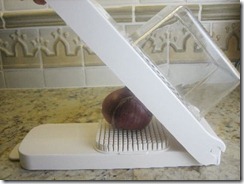 The most labor intensive thing about this soup is probably chopping up the fennel, onion, and the veggies. I used my Alligator 11-1/4-Inch Dicer with Collector
The most labor intensive thing about this soup is probably chopping up the fennel, onion, and the veggies. I used my Alligator 11-1/4-Inch Dicer with Collector
for the fennel and onion. I don’t ever put a whole onion in this thing (as you can see from the photo). But I love it because it makes uniform dice. If I’m chopping more than one thing, I will dig this out and use it. It does cut down on a lot of time spent chopping.
Anyway, you sweat the fennel and onion in some EVOO, then you add the potatoes (which almost 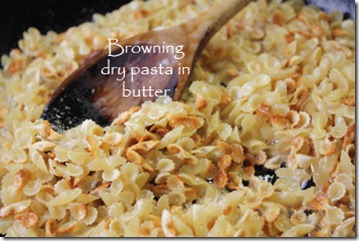 totally disintegrate during the simmering). Water is added (and I spooned in some Penzey’s chicken soup base to boost the flavor. Green beans and zucchini are added toward the end. Once they’re nearly cooked, I added in the already cooked beans and brought the mixture up to a simmer again (important). Then you do one more step – kind of like a step in making pilaf – you brown the raw (dry) pasta in butter. See picture at left. That is poured into the soup and you turn off the heat, cover the pot and set it aside for 25 minutes.
totally disintegrate during the simmering). Water is added (and I spooned in some Penzey’s chicken soup base to boost the flavor. Green beans and zucchini are added toward the end. Once they’re nearly cooked, I added in the already cooked beans and brought the mixture up to a simmer again (important). Then you do one more step – kind of like a step in making pilaf – you brown the raw (dry) pasta in butter. See picture at left. That is poured into the soup and you turn off the heat, cover the pot and set it aside for 25 minutes.
In that time, the pasta cooks completely. Sometime earlier in the day you will have made the pistou – it’s like a pesto except that this one calls for an aged Gouda instead of Parm. The recipe said you could also use Mimolette cheese (I’m not familiar with it). If you’re in an all-fired hurry, you probably could use bottled pesto in this. You’re supposed to make the pistou in a mortar, but that was taking the authenticity just a bit too far for me – I used a food processor. I just didn’t scrape it all down to a complete mush, so there were a few basil leaves that were left in shreds. My mortar isn’t all that big – I just decided it was easier altogether.
You’ll want the soup bowls at the ready, and at that magic 25-minute mark, the pasta is cooked just right and you spoon into each bowl a bit of the pesto and ladle in the soup. DO stir the pesto into the soup. The object is not to cook the pesto – otherwise you would just add the whole mixture to the soup pot. The pistou flavor is marvelous – you’ll notice it at the first bite. As I mentioned, I did add chicken (that I’d steeped in water to cover for about an hour – bring water to boil, add chicken – bring back to a simmer, cover, turn off heat and allow to “steep”). I chopped it up and added it to the finished soup – it did not sit in the 25-minute rest. I served the soup with some delicious toasted cheese bread. Recipe to come on that.
What’s good: well, I could go on and on. I absolutely LOVED this soup. Very hearty. Really, quite healthy too – it’s relatively low in fat. The only fat in it is the little bit of olive oil added at the beginning and the butter used to sauté the pasta. I LOVED the veggies. I LOVED the textures. LOVED the pistou swirled through it. It was marvelous.
What’s not: I couldn’t find a thing I’d change. If you would prefer to make this a vegetarian entrée, use vegetable stock, don’t add the pancetta to the bean mixture, and don’t add chicken.
printer-friendly (CutePDF Writer) PDF
MasterCook 5+ import file – right click to save file, run MC, then File|Import
* Exported from MasterCook *
Soupe au Pistou
Recipe By: adapted from Paula Wolfert’s article in Food & Wine, Aug. 2006
Serving Size: 6
Serving Ideas: This soup can be served hot, warm or even cold (it’s traditional in France to serve it at all different temps).
NOTES: My changes: I prepared the beans in a pressure cooker. They were extra flavorful. I’d definitely make these from scratch because of the great flavor from the onion, bay leaf, pancetta, etc. I added chicken soup concentrate to the water. I just thought it needed it. I also added CHICKEN pieces to this soup, which is very contrary to the origiinal. I wanted a bit more protein in it. I also used less water, and my pot was almost overflowing so I chose not to add the bean cooking liquid. But if you make the beans from scratch that bean liquid is probably VERY flavorful.
1 cup white beans — (dry) such as navy or cannellini, soaked in cold water overnight and drained
2 ounces pancetta
1 small onion — halved, plus 1 medium onion, coarsely chopped
4 garlic cloves — 2 whole and 2 smashed
1 bay leaf
1 1/2 quarts water — plus 3 cups
1 tablespoon extra-virgin olive oil
1 small fennel bulb — cored and coarsely chopped
10 ounces red potatoes — peeled and halved
1 pound zucchini — cut in half lengthwise, then into 1/2-inch pieces
3/4 pound green beans — or Romano beans, cut into 1/2-inch pieces
2 teaspoons Penzey’s chicken soup base — or use some other brand of chicken concentrate
3 medium tomatoes — peeled, seeded and cut into 1/2-inch dice
1 tablespoon unsalted butter
1 cup pasta — small shaped pasta, such as elbows or ditalini (I used farfallini)
Salt and freshly ground pepper
1/2 pound chicken breast half without skin — cooked, chopped (or use left over roast chicken)
Basil sprigs — for garnish
CLASSIC PISTOU:
1 tablespoon garlic — crushed
1 teaspoon kosher salt
4 1/2 cups basil leaves — torn into pieces, about 2 ounces
1/4 cup plum tomatoes — coarsely grated (yes, grated, leaving the skin behind)
1/4 cup extra virgin olive oil
1 cup Gouda cheese — aged, or Mimolette (about 3 ounces)
1. Put the drained white beans, pancetta, halved onion, whole garlic cloves and bay leaf in a medium saucepan. Add the 3 cups of water and bring to a boil over high heat. Reduce the heat to low, cover the saucepan and simmer until the beans are tender, about 1 1/2 hours. Discard the pancetta if desired (I didn’t because it was in lots of small pieces), onion, garlic and bay leaf. (PRESSURE COOKER: soak beans overnight, drain, add about 4 cups water, along with pancetta, onion, garlic and bay leaf. Cook under pressure for about 13 minutes; allow to cool naturally. Drain, but reserve all the liquid – you can add it to the soup if desired – I didn’t.)
2. Meanwhile, in a large, heavy pot, heat the olive oil. Add the fennel, potatoes, chopped onion and smashed garlic. Cover the pot and cook the vegetables over moderately low heat, stirring occasionally, until the fennel and onion are softened, about 10 minutes. Add the 1 1/2 quarts of water and the chicken soup base, and gradually bring to a boil. Reduce the heat and simmer for 30 minutes.
3. Add the zucchini and green beans to the pot and simmer for 20 minutes. Mash the potatoes against the side of the pot using a large fork; the potatoes will thicken the soup. Add the diced tomatoes and the white beans and their cooking liquid (if using) and simmer the soup over moderately low heat for 5 to 10 minutes.
4. In a small skillet, melt the butter. Add the pasta and cook over moderate heat until golden brown and toasty, about 4 minutes. Stir the pasta into the soup and simmer for 1 minute. Cover, remove from the heat and let stand until the pasta is tender, about 25 minutes. Season with salt and pepper. Be careful – the cheese in the pistou is somewhat salty, but I found the soup did need a little bit of salt. Some chicken stock is very salty to begin with. Under-salt it at first. Be prepared to serve it immediately.
5. Put the Classic Pistou in a large soup tureen. Gradually stir in some of the liquid from the soup, then pour in the rest of the soup and stir well. Ladle the soup into bowls, garnish with basil sprigs and serve hot or at room temperature. You can also put a small spoon of the pistou into each soup bowl and ladle the soup over it. Stir the pistou into the soup.
5. Make Ahead: The soup can be prepared through Step 4 and refrigerated overnight. Reheat gently before proceeding.
6. PISTOU (I made this in the food processor): In a large mortar, pound the garlic with the salt to a paste. Add the basil by the handful and grind the leaves against the side of the mortar until almost smooth. Stir in the tomatoes, then gradually stir in the olive oil until it’s incorporated. Stir in the cheese and refrigerate until ready to serve.
Per Serving: 517 Calories; 21g Fat (35.0% calories from fat); 29g Protein; 57g Carbohydrate; 11g Dietary Fiber; 51mg Cholesterol; 792mg Sodium.





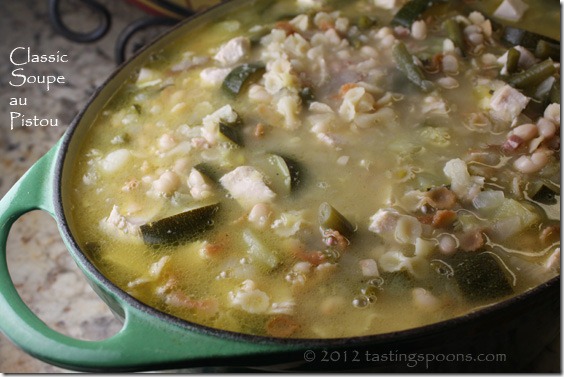
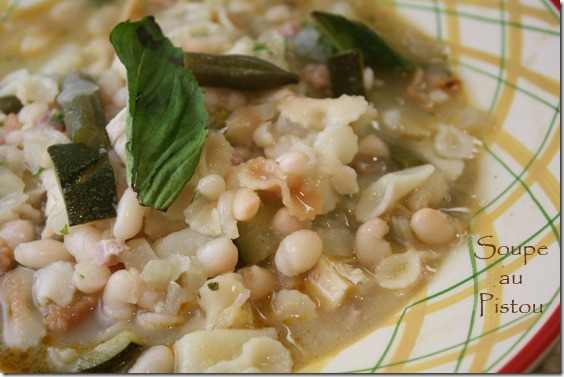


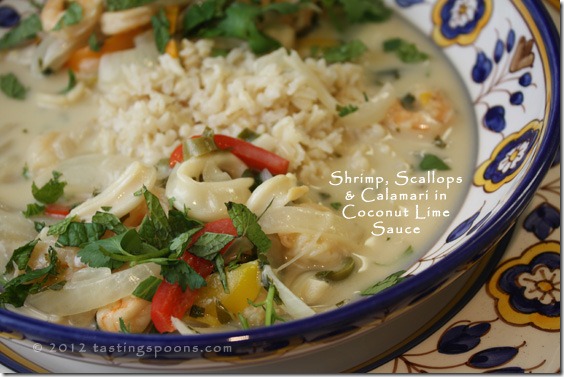
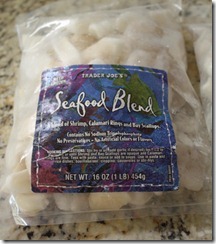
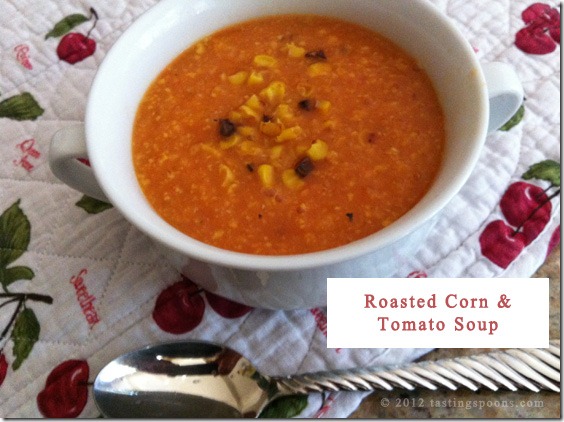
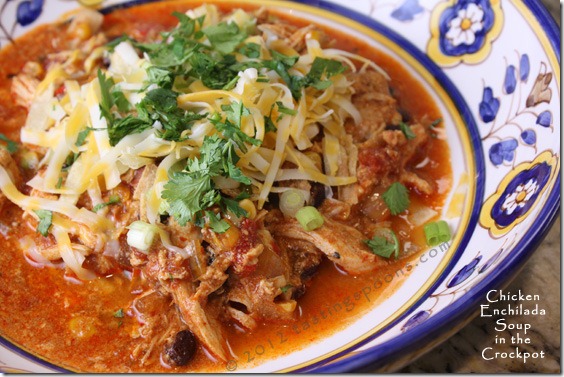
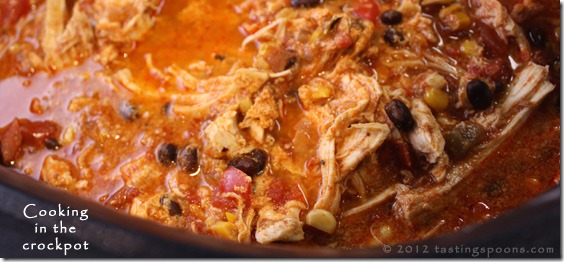
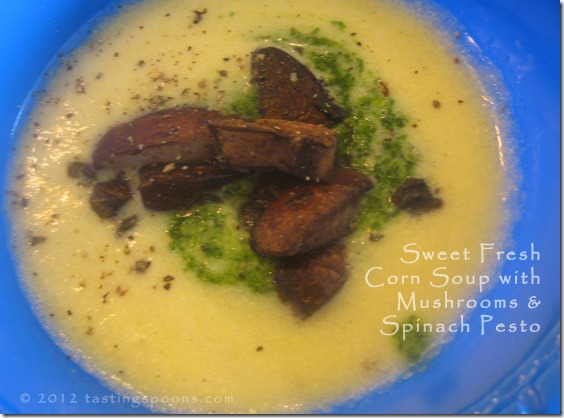
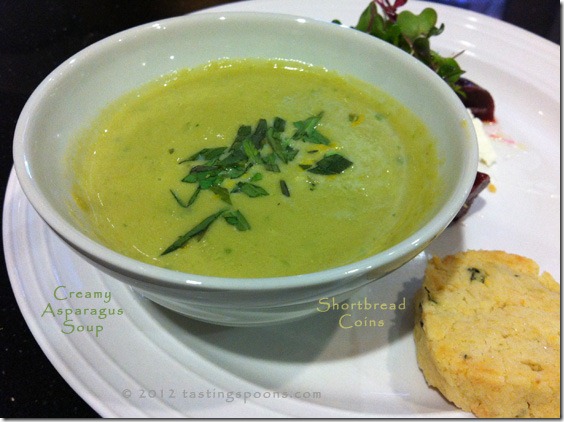
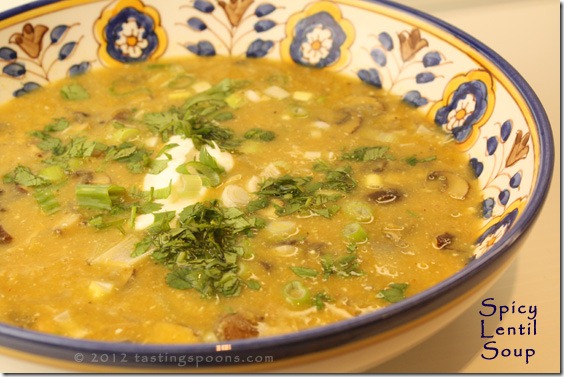
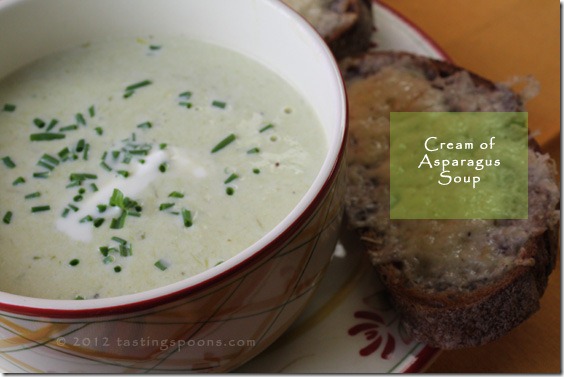
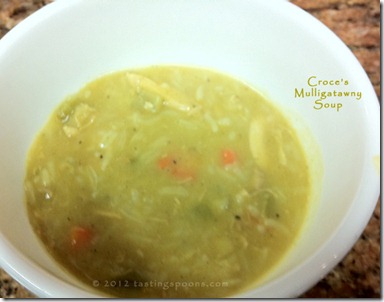
Leave a Comment!